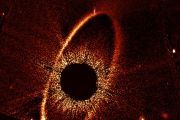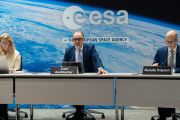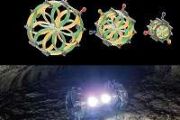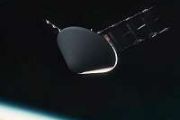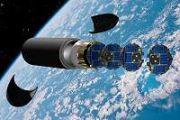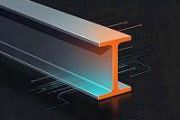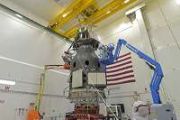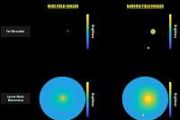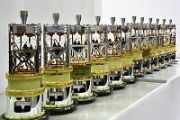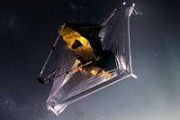
Copernical Team
Musk, Zuckerberg visit US congress to discuss AI
 Big tech bigwigs including Elon Musk and Mark Zuckerberg traveled to Capitol Hill on Wednesday to share their plans for artificial intelligence as the US prepares to draw up legislation to better control the technology.
Senator Chuck Schumer, the Democratic majority leader of the US Senate, has planned a series of so-called AI Innovation forums, closed door meetings where lawmakers can quiz
Big tech bigwigs including Elon Musk and Mark Zuckerberg traveled to Capitol Hill on Wednesday to share their plans for artificial intelligence as the US prepares to draw up legislation to better control the technology.
Senator Chuck Schumer, the Democratic majority leader of the US Senate, has planned a series of so-called AI Innovation forums, closed door meetings where lawmakers can quiz Alleged bodies of 'non-human beings' shown in Mexican Congress
 The alleged bodies of two "non-human beings" were presented during a congressional hearing in Mexico, generating a mixture of surprise, disbelief and ridicule on social media on Wednesday.
The purported mummified remains were exhibited in two small display cases on Tuesday - the first time the Mexican Congress has officially addressed the issue of possible extraterrestrial life.
The all
The alleged bodies of two "non-human beings" were presented during a congressional hearing in Mexico, generating a mixture of surprise, disbelief and ridicule on social media on Wednesday.
The purported mummified remains were exhibited in two small display cases on Tuesday - the first time the Mexican Congress has officially addressed the issue of possible extraterrestrial life.
The all The Vostochny cosmodrome: symbol of Moscow's struggling space sector
 Russia's Vostochny cosmodrome, where President Vladimir Putin hosted North Korean leader Kim Jong Un Wednesday, has become a symbol of lingering problems in Moscow's space sector: from lengthy delays to rampant corruption.
Built in the Russian Far East near the Chinese border, it opened for launches in 2016 and aimed to reduce Moscow's dependence on the main space base of Baikonur, which bec
Russia's Vostochny cosmodrome, where President Vladimir Putin hosted North Korean leader Kim Jong Un Wednesday, has become a symbol of lingering problems in Moscow's space sector: from lengthy delays to rampant corruption.
Built in the Russian Far East near the Chinese border, it opened for launches in 2016 and aimed to reduce Moscow's dependence on the main space base of Baikonur, which bec NASA joins the still controversial search for UFOs
 NASA on Thursday officially joined the search for UFOs - but reflecting the stigma attached to the field, the US space agency kept secret for hours the identity of the person heading a new program tracking mystery flying objects.
The official's appointment is the result of a year-long NASA fact-finding report into what it calls "unidentified anomalous phenomena," or UAP.
"At NASA, it's
NASA on Thursday officially joined the search for UFOs - but reflecting the stigma attached to the field, the US space agency kept secret for hours the identity of the person heading a new program tracking mystery flying objects.
The official's appointment is the result of a year-long NASA fact-finding report into what it calls "unidentified anomalous phenomena," or UAP.
"At NASA, it's NASA releases UFO report and says more science and less stigma are needed to understand them
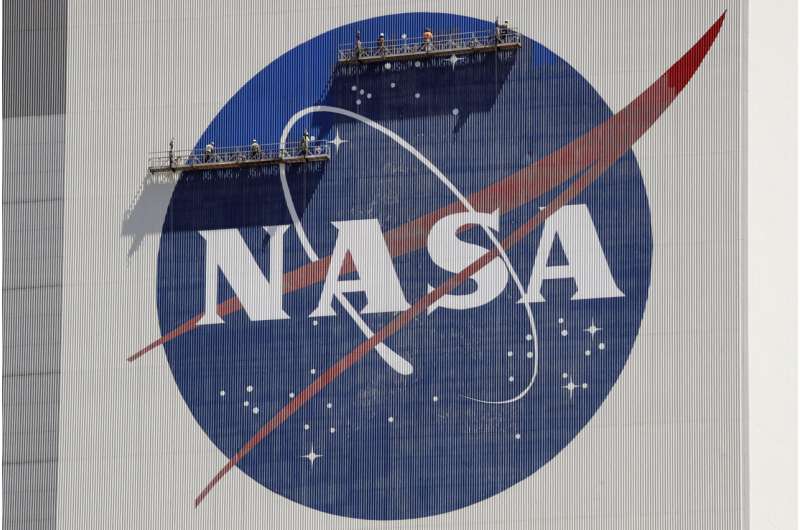
Teams watch weather as OSIRIS-REx prepares to return asteroid sample
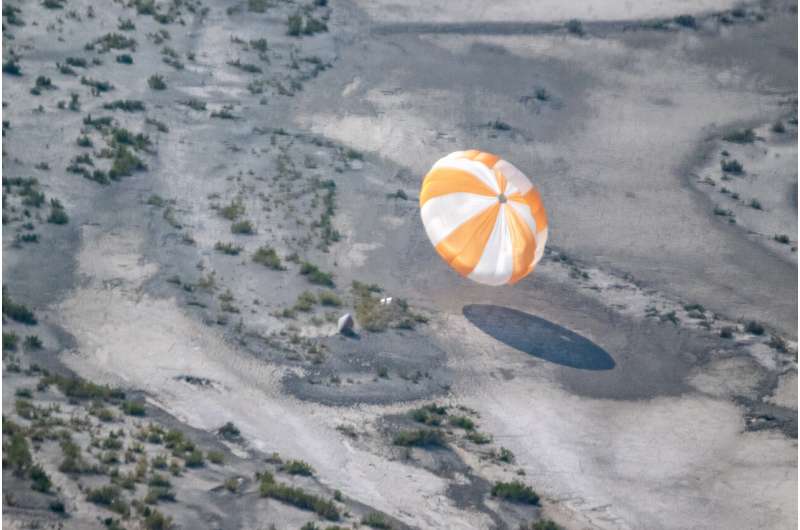
This September, after traveling billions of miles through our solar system, NASA's OSIRIS-REx spacecraft will cruise past Earth with an extraordinary delivery. As it passes, it will release a mini-fridge size capsule containing a sample of primordial space rock collected from an asteroid located between the orbits of Earth and Mars.
OSIRIS-REx—the Origins, Spectral Interpretation, Resource Identification, and Security–Regolith Explorer—is the first U.S. mission to collect a sample from an asteroid. Scientists hope the pristine material it collected from asteroid Bennu in 2020—about half a pound of rubble and dust from the asteroid's surface—will provide a window into 4.5 billion years ago when the sun and planets were forming.
Before it can do that, the sample's protective capsule will withstand temperatures twice as hot as lava, and the second-fastest velocity ever achieved by a human-made object entering Earth's atmosphere.
After entering Earth's atmosphere at around 36 times the speed of sound, the capsule may eventually encounter wind, rain, and other weather conditions as it drops closer to the surface. Regardless of weather, it will land in the Great Salt Lake Desert, an arid landscape known for its scorching summer temperatures and its salt flats, the remnants of an ancient lakebed where crusty salt deposits coat the ground.
Some lunar regolith are better for living off the land on the moon

Between now and the mid-2030s, multiple space agencies hope to send crewed missions to the moon. of These plans all involve establishing bases around the moon's southern polar region, including the Artemis Base Camp and the International Lunar Research Station (ILRS).
These facilities will enable a "sustained program of lunar exploration and development," according to the NASA Artemis Program mission statement. In all cases, plans for building facilities on the surface call for a process known as In-Situ Resource Utilization (ISRU), where local resources are used as building materials.
This presents a bit of a problem since not all lunar soil (regolith) is well-suited for construction. Much like engineering and construction projects here on Earth, builders need to know what type of soil they are building on and if it can be used to make concrete.
Heating and cooling space habitats isn't easy. One engineering team is developing a lighter, more efficient solution

China, India and the U.S. have all achieved landing on the moon in the 2020s.
Once there, their eventual goal is to set up a base. But a successful base—along with the spacecraft that will carry people to it—must be habitable for humans. And a big part of creating a habitable base is making sure the heating and cooling systems work.
That's especially true because the ambient temperature of potential places for a base can vary widely. Lunar equatorial temperatures can range from -208°F to 250°F (-130°C to 120°C)—and similarly, from -225°F to 70°F (-153°C to 20°C) on Mars.
In 2011, the National Academies of Science published a report outlining research in the physical and life sciences that scientists would need to do for the U.S. space program to succeed. The report emphasized the need for research about building heating and cooling systems for structures in space.
I'm an engineering professor, and when that report came out, I submitted a research proposal to NASA. I wanted to study something called the liquid-vapor phenomenon. Figuring out the science behind this phenomenon would help with these big questions around keeping structures in space a comfortable and habitable temperature.
Planning is underway for NASA's next big flagship space telescope

NASA's James Webb Space Telescope (JWST) has only been operational for just over a year, but this isn't stopping the world's biggest space agency from discussing the next big space telescope that could serve as JWST's successor sometime in the future.
NASA to Reveal Asteroid Sample Grabbed in Space, Delivered to Earth
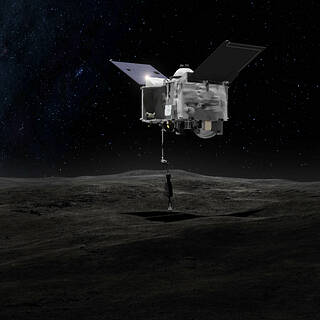 The first asteroid sample collected in space and brought to Earth by the United States will be unveiled at NASA’s Johnson Space Center in Houston on Wednesday, Oct. 11, and media accreditation is now open.
The first asteroid sample collected in space and brought to Earth by the United States will be unveiled at NASA’s Johnson Space Center in Houston on Wednesday, Oct. 11, and media accreditation is now open. 

